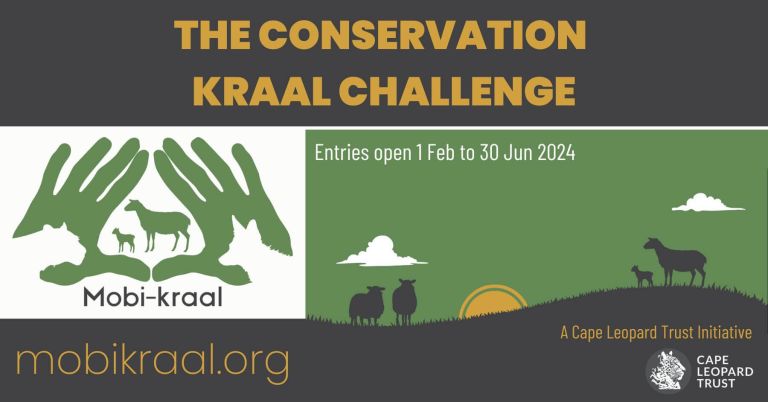Financial support and sponsorships
The Cape Leopard Trust is a Non-Governmental Organisation (NGO) and is thus reliant on research grants, sponsorships and private donations for funding. We welcome any donations, no matter how small. Donations to the Cape Leopard Trust are tax- deductible, and all donors and sponsors are listed on the Cape Leopard Trust’s website.
Cape Leopard Trust Gouritz Project banking details:
Account name: The Cape Leopard Trust
Bank: First National Bank
Branch: Long Beach Mall
Branch #: 260300
Account #: 62253016242
Swift #: FIRNZAJJ
Account type: Current account
Access to private land
We rely heavily on the support and participation of private landowners and members of the public. If you own land in the Gouritz area, or can put us in contact with a local landowner, please contact us at [email protected]
Camera trap sponsorships
Camera traps are an essential part of our research, as they help us to locate and identify new leopards. If you are a landowner in the Gouritz area, or an interested member of the public, we invite you to consider sponsoring or buying a camera.
Sponsoring a camera
Basic cost per camera: R3000
- The sponsorship includes full servicing of the camera for a year (batteries, cards etc.)
- The Cape Leopard Trust decides on the camera placement.
- The data (photos taken with the camera) belong to the Cape Leopard Trust.
- Efforts will be made to involve individuals, groups or clubs who sponsor a camera(s),
- in the servicing of their own camera(s) – should they be interested to do so.
- Sponsors will be privy to all photos from their camera(s), and the Cape Leopard Trust will compile
- and send a general camera trap CD containing highlight photos to all camera trap
- sponsors every year.
- Sponsors are mentioned on the Cape Leopard Trust website
Buying a camera
Basic cost per camera varies according to the model – from R1 300 to over R20 000!
Private landowners who want their own cameras should purchase them directly from a supplier (such as www.cameratrap.co.za). We will assist the landowners with the placement and setting up of their cameras if the site is within our study area.
Share observations of leopard activity
We welcome any reports on leopard sightings or observations of spoor, scats or scratch marks, as these assist us in identifying sites for camera traps and/or leopard capture. If possible, a GPS co-ordinate of the location of the observation is extremely useful. All leopard observations in the area can be reported to [email protected]
Scat sampling
We are constantly on the look-out for leopard scats, which we can use to get data on the diet and prey preferences of the local leopard population. Leopard scats have a diameter greater than or equal to that of a normal adult’s thumb, and contain bones and hair. Older scats are usually a distinctive white colour. Please collect any scats you find, or note the location of the scat so that we can collect it ourselves. If you do choose to collect the scat please (if possible) take a GPS reading at the site. Leopards use scats to mark their territories, so please leave half of the scat behind so that the marker remains in place!
Spread support and awareness
Leopards do not belong to the Cape Leopard Trust; if they belong to anyone, it is the whole population of South Africa, all of whom deserve a chance to see these amazing animals in their natural habitat. If you don’t live in the Gouritz area, we encourage you to visit; it has a stark beauty all of its own, and who knows, you may be one of the select few who spot a leopard! If you are fortunate enough to live in the area, we ask that you take the time to get out into the mountains; experience them. Look for leopard tracks and scats, and revel in the knowledge that there ARE still leopards in these mountains, and that you have the opportunity to share their habitat, even if it is only for a few hours.
Back in our schooldays, there was an old poster that featured a leopard, with the caption, ‘Do you want to tell your grandchildren that there USED to be leopards in the mountains?’ Twenty years later, the leopards are still there, but their long-term survival is far from secure. With the impending threat of climate change, and human encroachment continuing to fragment the leopard’s natural habitat, that message resonates more than ever.

















